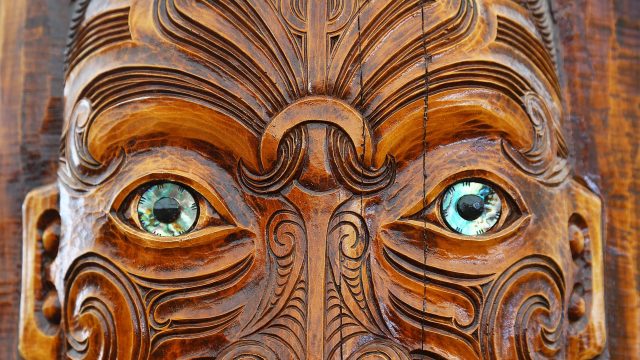Articles found in: Belize

Making Travel Meaningful: Connecting with Indigenous Communities
Published on August 20, 2024
Making Travel Meaningful: Connecting with Indigenous Communities By: Gina Bang, Chief Sales & Marketing Officer, Avanti Destinations In a world increasingly dominated by mass tourism, travelers are seeking more meaningful experiences. Immersing yourself in the traditions of indigenous communities offers a window into a world that is both ancient and profoundly different from our own. […]
Keep reading
